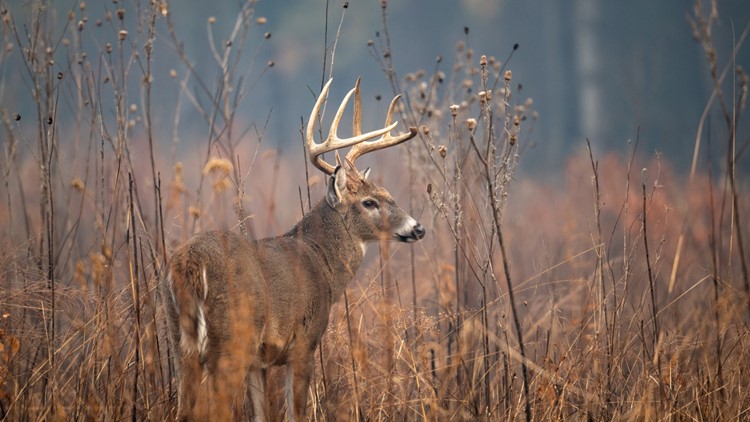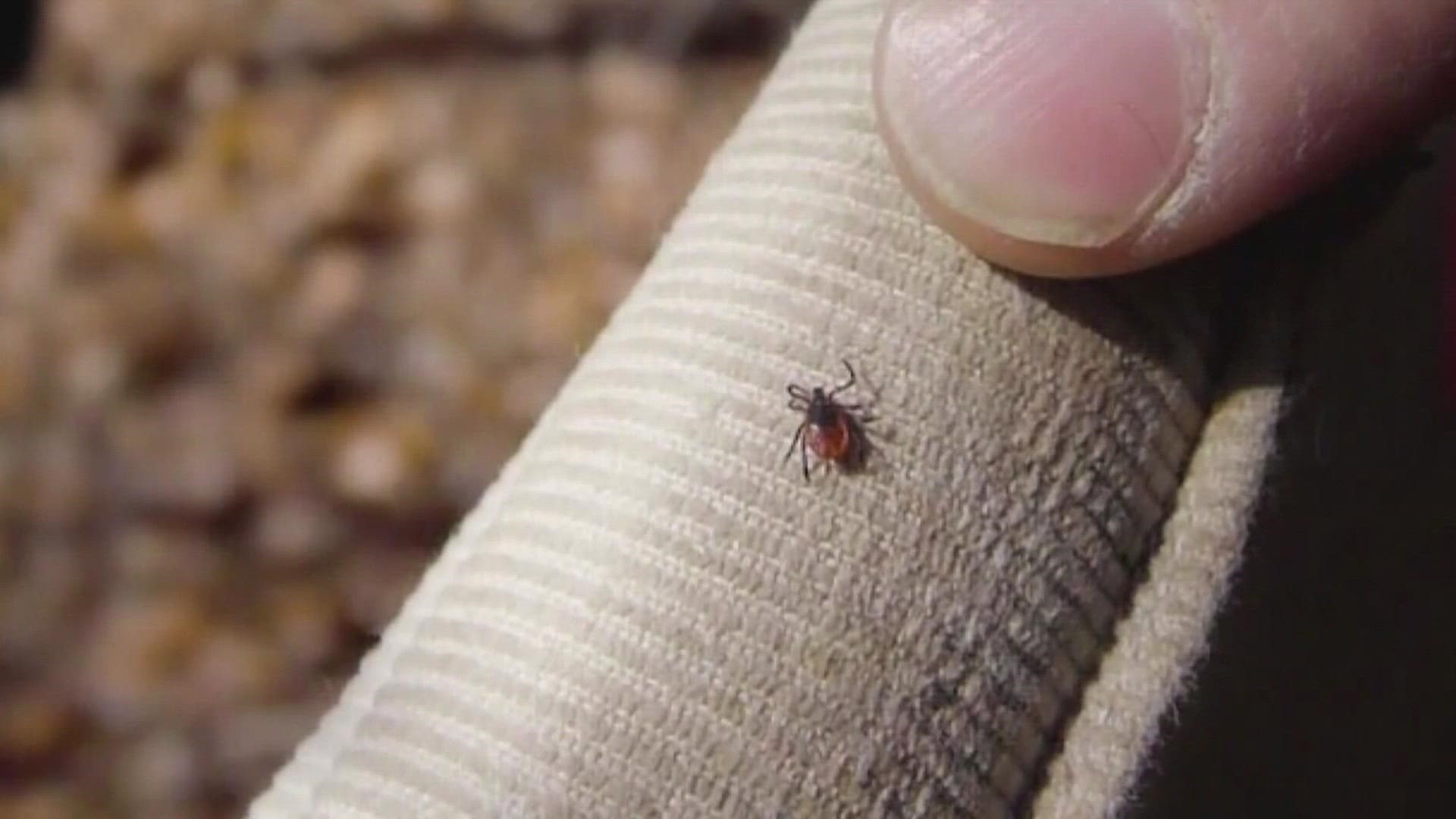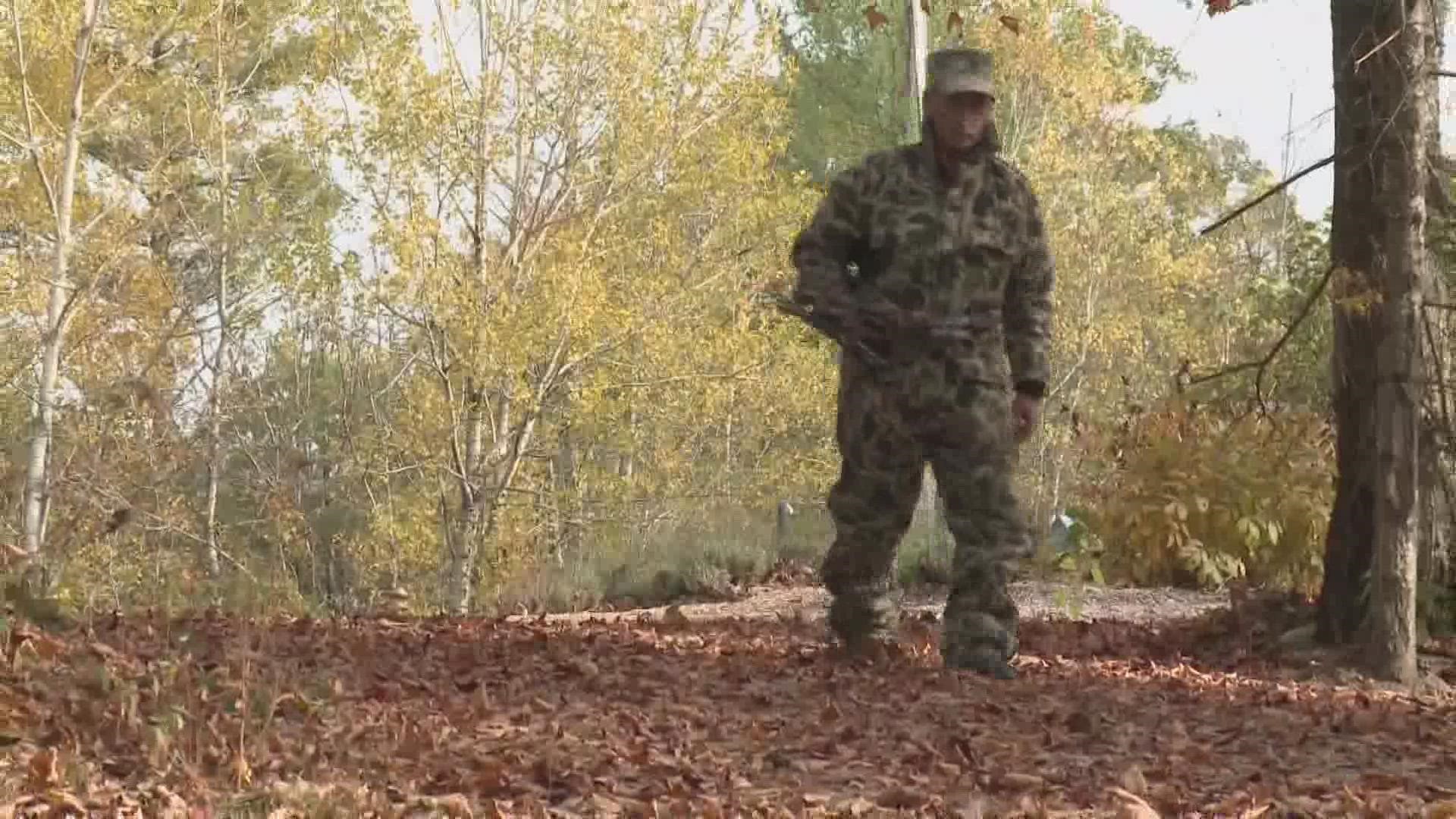MAINE, USA — How many deer populate the pine tree state? The number is likely between 310,000 and 320,000, officials say. And keeping that population healthy and controlled is important.
Nathan Bieber is a deer biologist for the Maine Department of Inland Fisheries and Wildlife. He said the current deer population across Maine is likely similar to what it was in the 1990s.
Keeping track of the deer
Of course, that's a lot of animals to keep track of. So, for the third year, the department is launching its citizen scientist Maine Deer Spy program to bring in more information.
Bieber said it opens on Aug. 1 and helps the department collect recruitment data on how many deer are added to the state's population each year.
"If you know what you're adding, then you can know what you can afford to lose while maintaining a stable population," he said.
In the past, the department looked at lactating does and counted embryos they carried to estimate recruitment. Sample sizes were very low, according to the deer biologist.

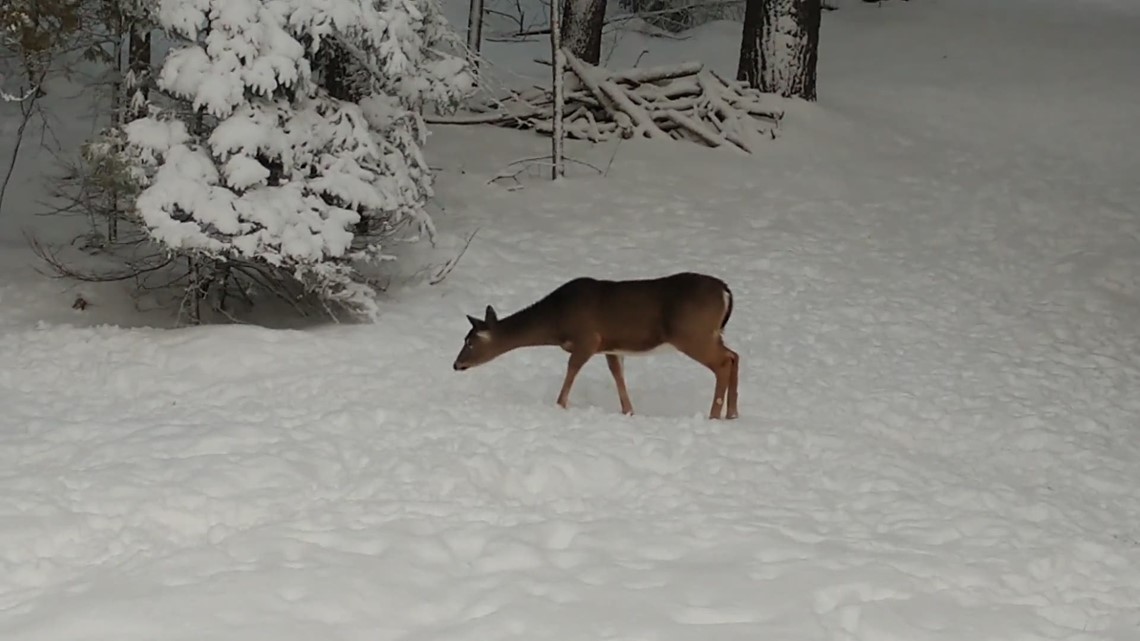
"It was tough data to collect," he said.
But, the last two years were pretty consistent in the Maine Deer Spy program, with 600 to 700 citizen scientists sending in data, amounting to between 2,000 and 3,000 total observations for each year.
"I've been pretty darn pleased," Bieber said.
Hunting
Of course, plenty of deer management comes down to regulated harvest for hunters. It turns out that 2021 was actually a record year for deer hunting, one of the highest harvests in more than 50 years. However, it's difficult to say if 2022 will prove similar when deer season begins, according to the deer biologist.
Bieber said the department made a substantial overhaul to its permit system, and calibration will be required in the next couple of years.
After a comprehensive review, the Maine Department of Inland Fisheries and Wildlife overhauled its system from the ground up, from how the lottery is run to the type of permits they issue. It's all changed for 2022.
"Things will be a little harder to predict this year," he said.
Potential overpopulation
Earlier in July, Lincoln Millstein wrote an article on his Substack about the "uncontrolled" deer population and increasing tickborne illnesses on Mount Desert Island.
Bieber said there are two ways to look at "overpopulation." One is biological, mainly talking about areas where habitat can't support the number of deer.
"By and large statewide, Maine can support more deer," he said.
The other way to look at supposed overpopulation is socially, which is more complicated, according to the deer biologist. Everyone has different opinions. The perfect deer number might be different for a gardener whose plants are being eaten than for a hunter. The former might want 10 to 15 deer per square mile, while the latter want 30 to 40 per square mile.

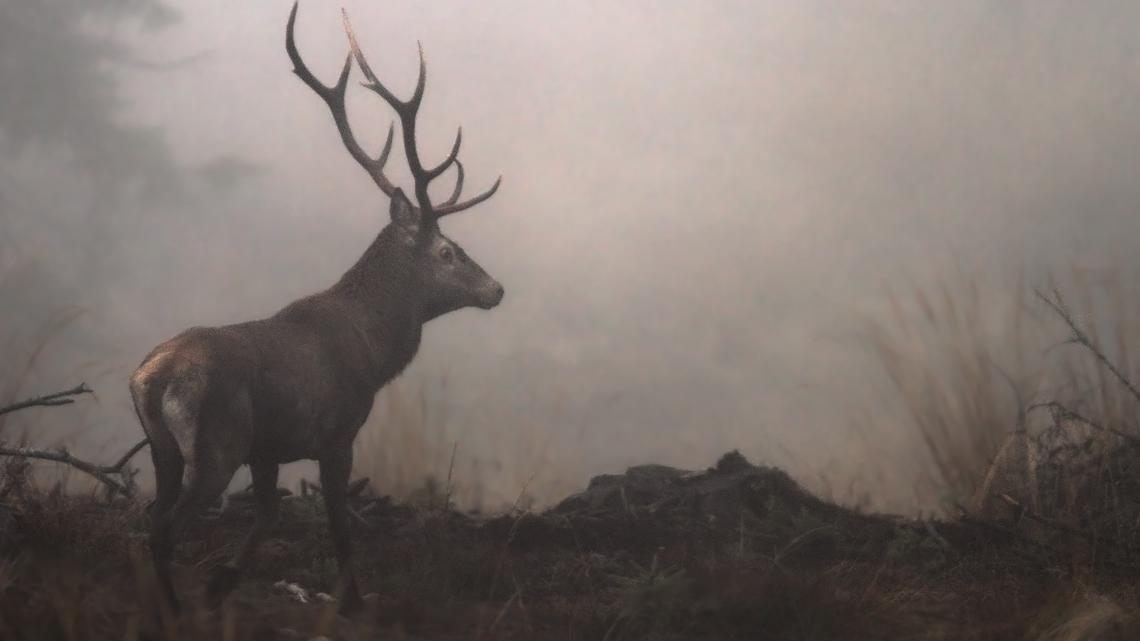
"People have different tolerance for deer," Bieber said.
The department employs a deer management subset system that collects data from different government agencies on deer/human conflicts. It tracks clusters of towns around Maine with the highest levels of conflict.
"We do know [where] conflict is high, and in those areas, we issue extra permits," he said. The goal in those instances is to reduce population and hopefully reduce conflict levels.
Deer habitats
Dr. Sabrina Morano is an assistant professor at the University of Maine's Department of Wildlife, Fisheries, and Conservation Biology.
She told NEWS CENTER Maine deer prefer more open habitats, woodland openings, or meadows during summer. Denser forests tend to result in lower densities of deer. Most deer tend to be in an area where people and farming exist.
Ticks
NEWS CENTER Maine has reported in recent months that the number of tickborne illnesses is increasing across the pine tree state.
Bieber said deer have a part to play in that because very high deer densities, especially in coastal Maine and on islands, lead to increased incidents of illness from ticks.
Of course, spreading ticks isn't just a deer issue. Small mammals also carry ticks that spread disease. It's more complex than "lots of deer, lots of diseases," according to Bieber.
Sometimes people propose removing plenty of deer, but studies have indicated the level of removal required wouldn't be achievable through regulated harvest in most areas, according to the deer biologist.
Bieber suggests a multipronged effort with some deer control and some personal property cleanup, teaching people what they can do around their properties to reduce ticks (keeping common areas free of debris and raking).
The future
Looking toward the future, Morano said the primary thought is deer population is limited by severe winters, but with a warming climate, research suggests deer populations might be increasing in northern areas.
Severe winters cause nutritional and energetic stress for deer with high snow depth and cold temperatures, Morano said. In winter, deer mostly rely on new growth from the previous year. It's not very nutritious, and it's a maintenance diet.
But climate change might impact trees. Deer favor hardwood species, and more of those might populate in northern latitudes, along with more forage in the winter, according to Morano.
Climate effects may also relate to disease transmission in deer, but it's difficult to tell right now, the professor said.
"We don't have a great grasp on that," Morano said. "The potential is we'll find out as climate changes."
Aside from hunters and severe winter, deer can be taken by predators like coyotes and bobcats. But if the overhaul population is good and healthy, does can have two to three offspring each year. Morano said they can increase numbers to overcome short-term mortality events in the population. Adult deer tend to survive pretty well.


